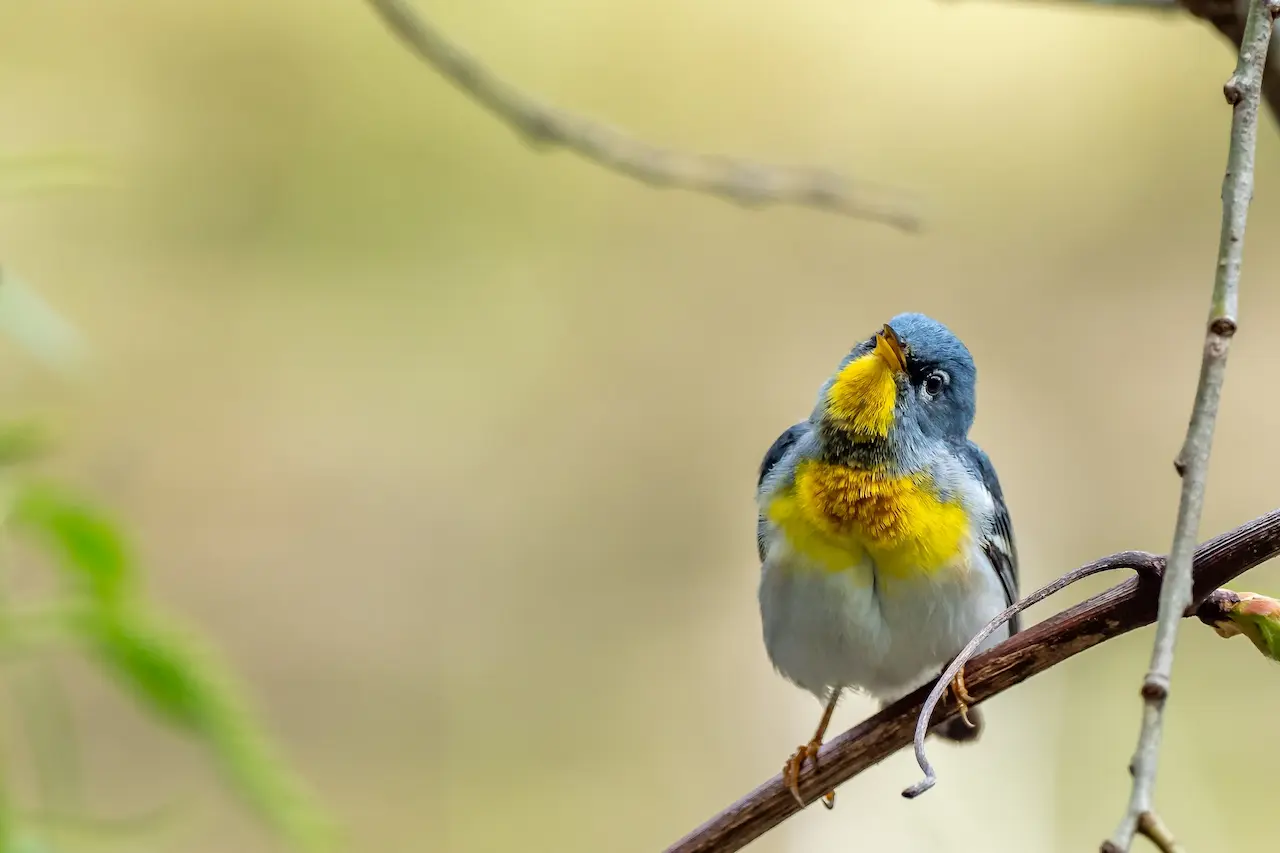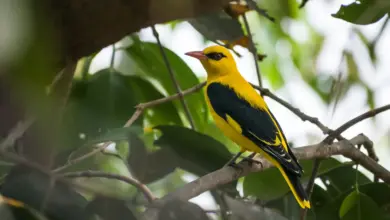Red-headed Buntings, Emberiza bruniceps
The Red-headed Buntings, Emberiza bruniceps, is a passerine bird in the bunting family Emberizidae, a group now separated by most modern authors from the finches, Fringillidae.
Distribution / Breeding:
It breeds in central Asia. It is migratory, wintering in India. Its status in western Europe, where it is a potential vagrant, is confused by escapes, especially as this species is more commonly recorded than the closely related Black-headed Bunting, despite the latter have a more westerly breeding range.
Red-headed Buntings breeds in open scrubby areas including agricultural land. It lays 3-5 eggs in a nest in a tree or bush.
Diet:
Its natural food consists of insects when feeding young, and otherwise seeds.
Description:
This bird is 17cm long, larger than Reed Bunting, and long-tailed. The breeding male has bright yellow underparts, green upperparts and a brownish-red face and breast.
The female is a washed-out version of the male, with paler underparts, a grey-brown back and a greyish head. The juvenile is similar, and both can be difficult to separate from the corresponding plumages of Black-headed Bunting.
The Red-headed Bunting, Emberiza bruniceps, is a passerine bird in the bunting family Emberizidae, a group now separated by most modern authors from the finches, Fringillidae.
Distribution / Breeding:
It breeds in central Asia. It is migratory, wintering in India. Its status in western Europe, where it is a potential vagrant, is confused by escapes, especially as this species is more commonly recorded than the closely related Black-headed Bunting, despite the latter have a more westerly breeding range.
Red-headed Bunting breeds in open scrubby areas including agricultural land. It lays 3-5 eggs in a nest in a tree or bush.
Diet:
Its natural food consists of insects when feeding young, and otherwise seeds.
Description:
This bird is 17cm long, larger than Reed Bunting, and long-tailed. The breeding male has bright yellow underparts, green upperparts and a brownish-red face and breast.
The female is a washed-out version of the male, with paler underparts, a grey-brown back and a greyish head. The juvenile is similar, and both can be difficult to separate from the corresponding plumages of Black-headed Bunting.
Call / Song:
The song, given from a high perch, is a jerky sweet-sweet-churri-churri-churri.
References
- BirdLife International (2004). . 2006 IUCN Red List of Threatened Species. IUCN 2006. Retrieved on 12 May 2006. Database entry includes justification for why this species is of least concern
- Buntings and Sparrows by Byers, Olsson and Curson, ISBN 1-873403-19-4
Call / Song:
The song, given from a high perch, is a jerky sweet-sweet-churri-churri-churri.
References
- BirdLife International (2004). . 2006 IUCN Red List of Threatened Species. IUCN 2006. Retrieved on 12 May 2006. Database entry includes justification for why this species is of least concern
- Buntings and Sparrows by Byers, Olsson and Curson, ISBN 1-873403-19-4


